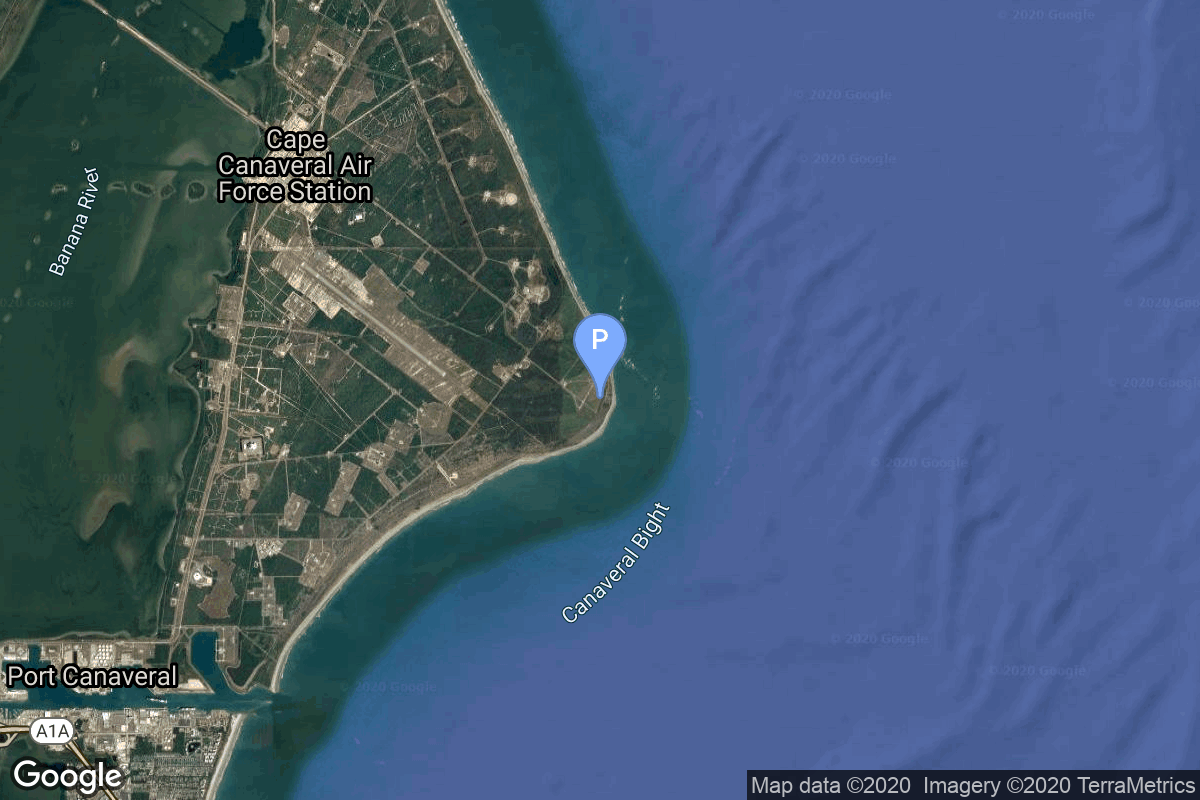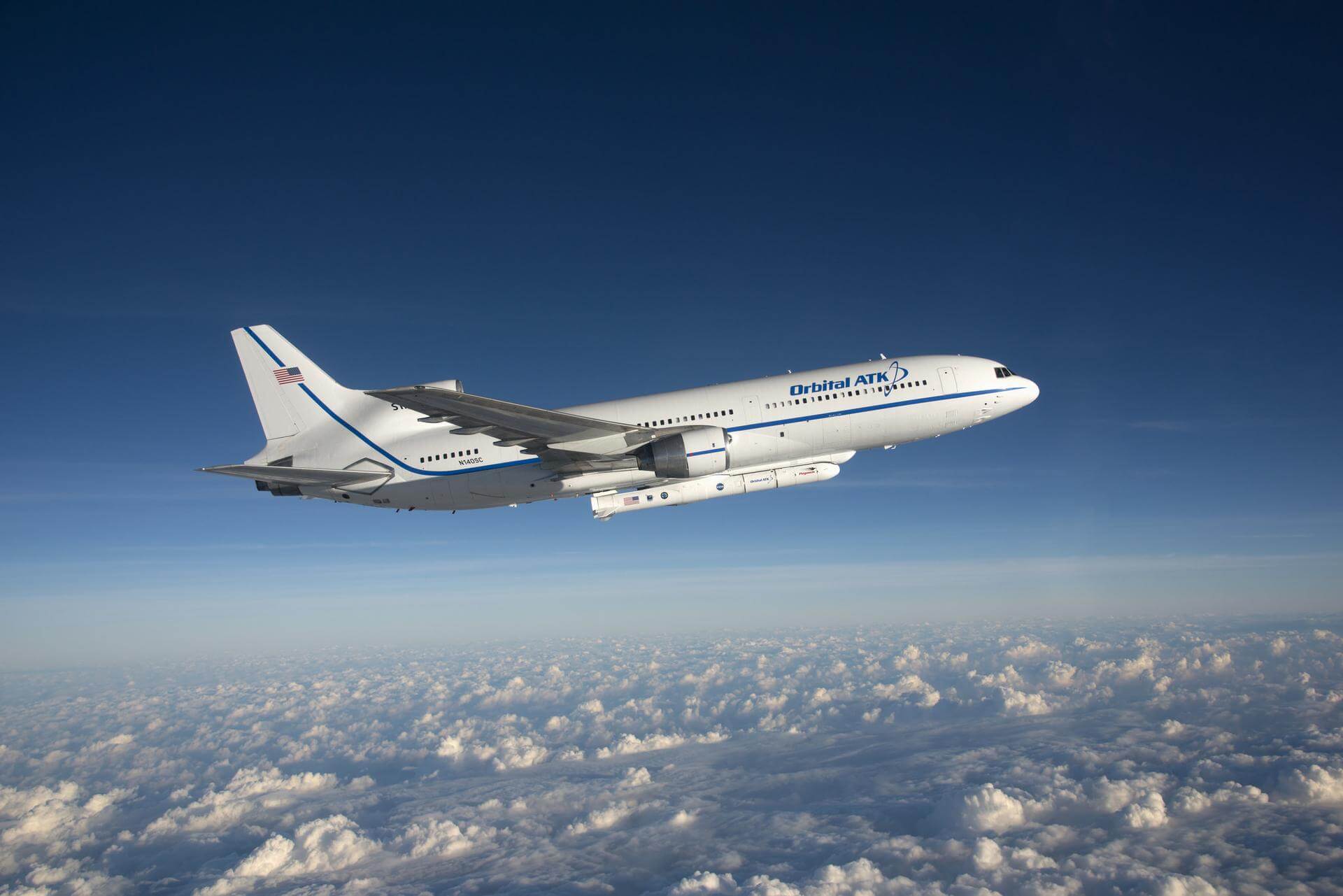Ionospheric Connection Explorer (ICON)
Pegasus XL
Northrop Grumman Space Systems
Weather Forecast During Launch
According to weather officials, there’s a 70% chance of favorable weather conditions at the time of the launch.
Mission
Ionospheric Connection Explorer (ICON)
- Type: Earth Science
- Orbit: Low Earth Orbit
- Launch Cost: $40,000,000
Ionospheric Connection Explorer (ICON) is a NASA mission to study Earth’s thermosphere and ionosphere and the connection between space weather and weather on our planet. Mission is planned to last for two years.
Location
Cape Canaveral
Air launch to orbit
Cape Canaveral has witnessed the launch of 7 rockets, including 7 orbital launch attempts, while Air launch to orbit, has been the site for 51 rocket launches.
Rocket
Orbital Sciences Corporation Pegasus XL
The Pegasus is an air-launched rocket developed by Orbital Sciences Corporation (now part of Northrop Grumman Innovation Systems). Capable of carrying small payloads of up to 443 kilograms (977 lb) into low Earth orbit, the vehicle consists of three solid propellant stages and an optional monopropellant fourth stage. Pegasus is released from its carrier aircraft at approximately 40,000 ft (12,000 m), and its first stage has a wing and a tail to provide lift and attitude control while in the atmosphere.
Agency
Northrop Grumman Space Systems
Northrup Grumman Space Systems designs, builds and delivers space, defence and aviation-related systems to customers around the world. They aquired Orbital ATK in 2018 along with its launchers and ongoing missions.


